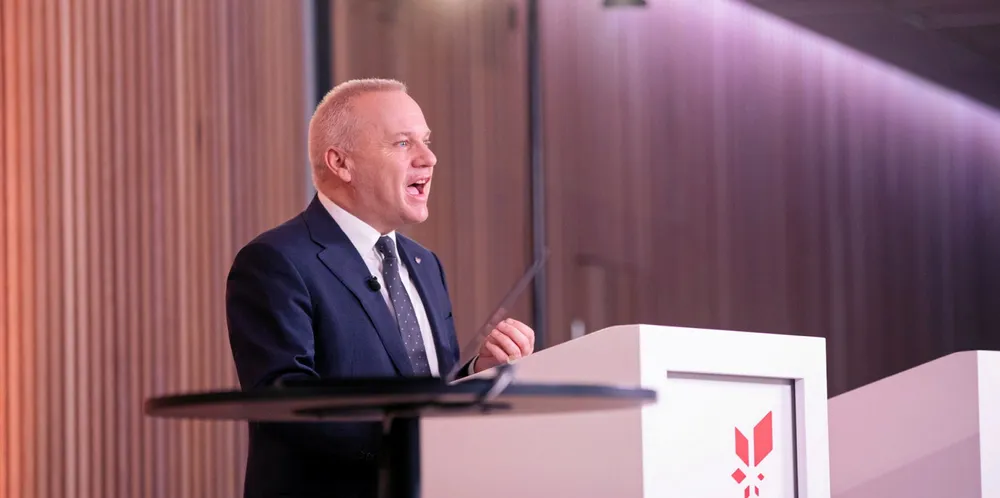Costs deadlock over US offshore wind projects forces Equinor to declare $300m renewables impairment
Equinor is looking to claw back tax for troubled projects under US Inflation Reduction Act

Norwegian oil and gas major Equinor has recognised $300m in impairments to its renewables business in a third quarter earnings statement that recorded a net income of $2.5bn, down from $9.4bn in the same quarter of 2022.
Equinor said its offshore wind projects on the US north-east coast had been negatively impacted by cost inflation and supply chain constraints, and the company drew attention to the decision by the New York Public Service Commission to reject petitions for offtake price increases for projects in which the company is a partner.
Equinor stated in its quarterly earnings statement today (Friday) that it is assessing the wider implications of this decision for its projects.
Equinor and BP have backed more than $250m in supply chain and port infrastructure investments in New York for their projects, which may qualify them for 10% investment tax credits (ITC) offered by the Inflation Reduction Act (IRA).
The IRA offers some 30% ITC to offshore wind projects under development with 10% adders each for domestic content and investing in ‘energy communities’, which are census districts that have been negatively impacted by fossil fuel extraction and power generation.
Final guidance on how projects can qualify for these adders has yet to be issued by the Treasury Department.
Equinor had a mixed quarter more generally, with maintenance turnarounds in oil and gas projects on the Norwegian continental shelf but higher production in other oilfield developments, and first output from the Dogger Bank wind farm in the UK.
Commenting on the renewables and decarbonisation side of the business, Equinor CEO Anders Opedal stated: “We continue our transition, with first power from Dogger Bank in the UK - the world’s largest offshore wind farm, further expanding in onshore renewables in Brazil and Poland, and investing in the Bayou Bend CCS project in the US.
"With the approved plan for electrification of Hammerfest LNG, and start-up of power from shore for Gina Krog, we continue to reduce our own emissions.”
Equinor said power production from renewable energy sources was 373GWh in the quarter, up from 294GWh in the same quarter last year.
The increase was driven by higher production on UK wind farms and new production from onshore renewables in Poland, as well as the floating wind farm Hywind Tampen in Norway.
(Copyright)